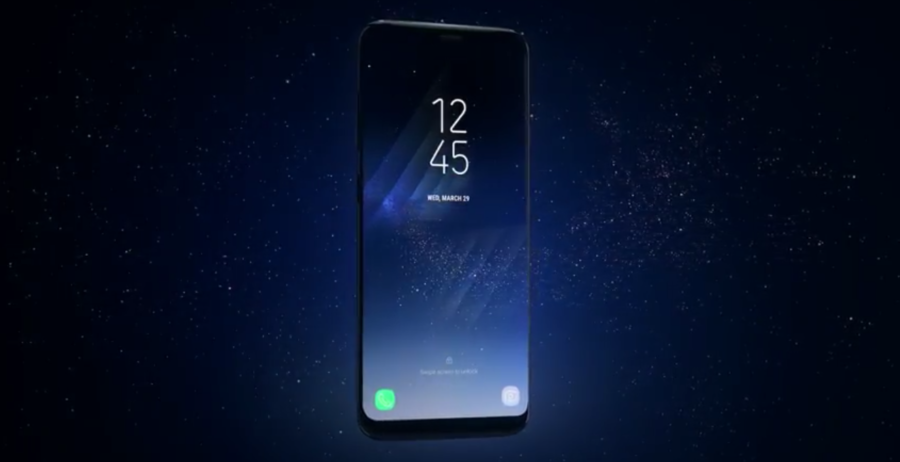A large chunk of revenues for e-commerce platforms like Flipkart and Amazon come from smartphone sales, among the electronics section. Amazon who lost the smartphone race to Flipkart in the first quarter of 2017, now plans to launch its exclusive smartphones pre-installed with its own services such as Amazon Prime Video, Kindle and Amazon Pay. The move takes on Flipkart which doesn’t provide any youth-oriented services in such digital times.
As per the data published by Hong Kong-based Counterpoint Technology Market Research, Flipkart grabbed 57% of the smartphone market in the country up from 51% in the previous quarter. While Amazon’s share slipped to a mere 27%, down from previous 33% for online smartphone sales in October-December 2016. These figures are extremely crucial for the e-tailers as smartphone sales contribute about a third of gross merchandise value (GMV) for an e-marketplace.
The U.S. based retailer has already partnered with Lenovo for its latest G-series smartphone — Moto G5, which descended the Indian market yesterday. The phone priced at Rs. 11,999 went on sale exclusively on the site at midnight on April 4th. The company is further seeking other interested brands for similar tie-ups to outperform arch-rival Flipkart.
In talks with ET, Manish Tiwary, Vice President, category management, Amazon India said,
There are three features smartphones are heavily used for, other than calls. Shopping, watching videos, and reading and all of these are right there on top for Moto G5 with Prime Video, Kindle and Amazon Pay. We have very exciting brands coming in though we can’t talk about them now.
The company had placed its bet on Xiaomi Redmi 4A, launched in India as an Amazon exclusive budget smartphone. However, the smartphone didn’t appeal much to Indian consumers, thus exhibiting a thin sales figure, which brings us to the fresh proposal by the company. Tiwary noted that the team works closely on the specifications, customer behavior, online brand value, and pricing for the devices tied-up with the platform. This continues until the end of life for the device.
The Tech Portal is published by Blue Box Media Private Limited. Our investors have no influence over our reporting. Read our full Ownership and Funding Disclosure →






